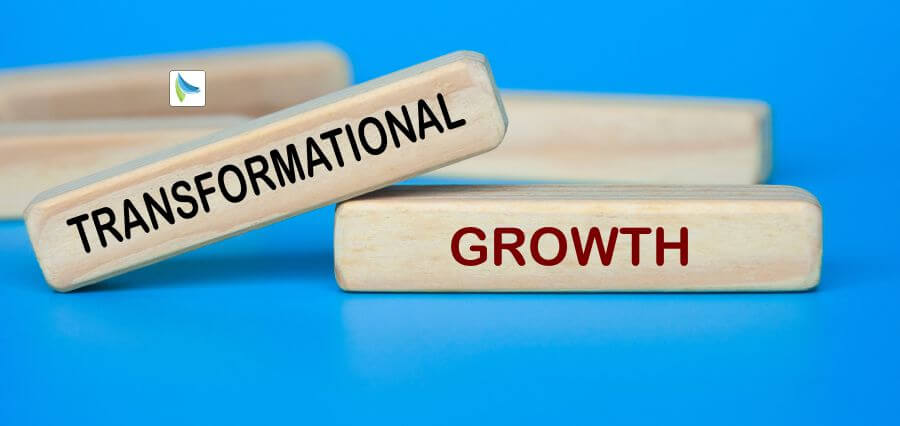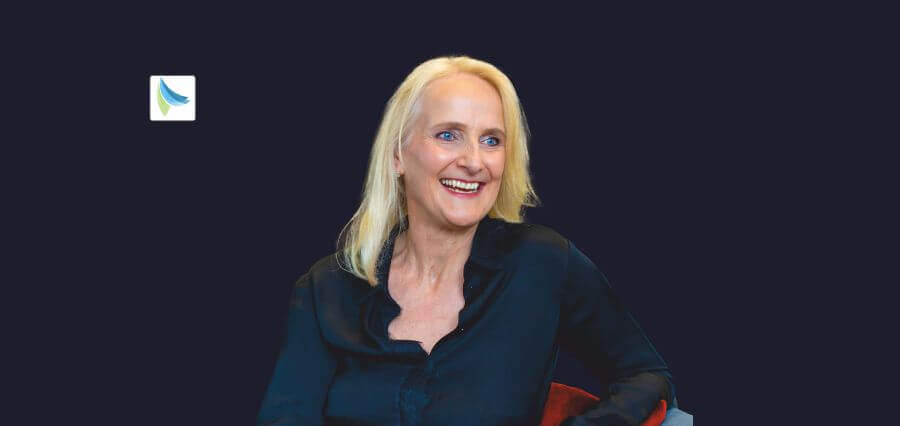In boardrooms around the globe, performance, productivity, and profitability discussions are being redefined by a stark but potent realization: wellbeing is no longer a nice-to-have luxury—it’s a business necessity. While businesses navigate their way through a post-pandemic world characterized by hybrid work, economic uncertainty, and a continually shifting workforce, companies that make wellness a core priority for their employees are emerging stronger, more resilient, and better positioned to tackle what comes next.
Leading with wellbeing is not offering free yoga classes or snack bars. It is about embedding culture for care, psychological safety, and performance for the long term into business strategy. When leaders place wellbeing on an equal par with profit, they unlock not only individual potential but also organizational excellence.
Redefining ROI: Beyond the Balance Sheet
ROI has traditionally referred to financial returns only. But ROI for wellbeing leadership is evident across dimensions of delivering long-term performance. Organizations that make an investment in integrated wellbeing initiatives experience:
- Lower turnover and increased employee retention
- Upper engagement and discretionary effort
- Lower absenteeism and presenteeism
- Higher innovation and creative problem-solving
- Better employer branding and attraction of talent
Overall, wellbeing is not a cost, but a multiplier of value. It fuels an environment where people not only can get the job done but will want to. ROI isn’t measured in quarterly dividends but in employee loyalty, responsiveness, and flexibility, all which are paramount to navigating relentless change.
Leadership That Listens
Wellbeing-driven leadership begins with one simple, yet powerful habit: listening. Leaders who create space for authentic conversation, who check in regularly—not just about work, but about how a person is doing—are the ones who build trust, transparency, and connection.
This people-first approach doesn’t require drastic policy shifts. It requires conscious presence. To ask simply, “How can I help you?” or “What’s stopping you from thriving?” speaks to care and accountability. It reframes leadership as a position of dominance to an act of caring collaboration.
Moreover, when leaders lead by example with balance, set limits, and share their own challenges openly, they normalize wellness and grant others the license to do the same. This shift from performative wellness to authentic cultural transformation begins at the top.
Wellbeing as Culture, Not Campaign
The optimal wellbeing solutions are not add-ons—they are built into the very fabric of everyday work life. That means designing systems, policies, and practices that promote psychological safety, autonomy, and flexibility.
Examples:
- Creating mental health into leadership development
- Encouraging rest as a performance enabler—not a treat
- Designing workflows that allow for deep focus and prevent burnout
- Creating spaces for all where people feel heard, respected, and safe to be themselves
These are not wellbeing “perks”—they are essential to building high-trust, high-impact teams. A wellbeing culture is not just about reducing stress—it’s about enabling people to thrive whole—mind, emotions, social connections, and body.
Data-Driven Empathy
While wellbeing is ultimately human, it can—and should—be supported by data and understanding. High-performing businesses leverage employee surveys, engagement analytics, and behavioral metrics to chart pain points, burnout vulnerability, and the effectiveness of wellbeing initiatives.
This data-driven empathy empowers leadership and HR departments to move from reactive wellness programs to proactive, personalized ones. To illustrate, awareness of where workloads consistently exceed capacity means that intervention can happen before it’s too late. Awareness of patterns in online burnout can be utilized to develop more effective hybrid work policies.
Technology is not a substitute for empathy—it is an amplifier of understanding. Used responsibly, it enables organizations to engage where people are, with interventions that are aimed, inclusive, and effective.
The Link Between Wellbeing and Innovation
There is a strong connection between wellbeing and innovation. When employees are psychologically safe, they are more likely to try things out, put forward new ideas, and challenge the status quo. A culture of wellbeing reduces fear and increases creativity, collaboration, and agility—abilities that are mission-critical in fast-changing markets.
Conversely, cultures that ignore wellbeing create disengagement, silos, and turnover—draining not only morale, but also the organization’s adaptive capability.
That way, wellbeing is not just about taking care of people—it’s about putting them in a position to lead and learn in a changing environment. It enables organizations to build resilience from within, through individuals who are motivated, energized, and connected to purpose.
Inclusive Wellness Is Strategic Wellness
Wellbeing solutions must also be inclusive. Leaders must recognize that wellbeing looks different to different people—across generations, cultures, identities, and abilities. One-size-fits-all will leave people out, or worse, worsen existing inequities.
Inclusive wellness includes:
- Caregiving, health, and neurodiversity-friendly flexible work models
- Available mental health resources in settings and languages
- Representation in wellness programs that reflect the workforce
When wellness programs reflect the everyday life of all employees, they are more likely to succeed—and to boost belonging and equity across the organization.
Conclusion: Leading with Heart and Strategy
Wellbeing is no longer a side task or soft skill—it’s now a leadership imperative with bottom-line consequences. The future of work demands to work environments where individuals thrive, not merely survive. Leading with wellbeing is the art of creating conditions where individuals are sufficiently safe, valued, and cared for to contribute their best selves to the workplace.
Organizations that transition to this will not just beat them—outlive. For in a time of uncertainty, talent battles, and rapid change, the greatest asset is not technology, or capital, or strategy—it’s the sustained health of your people.
Read More: Tech, Trust & Transformation: The Future of Health Leadership

















